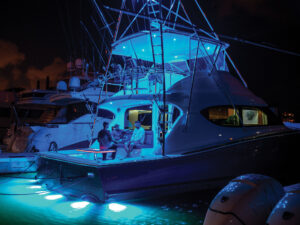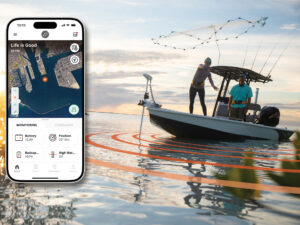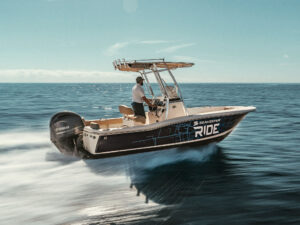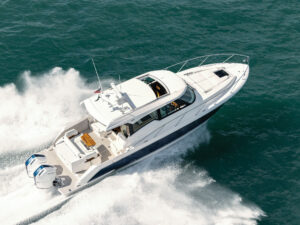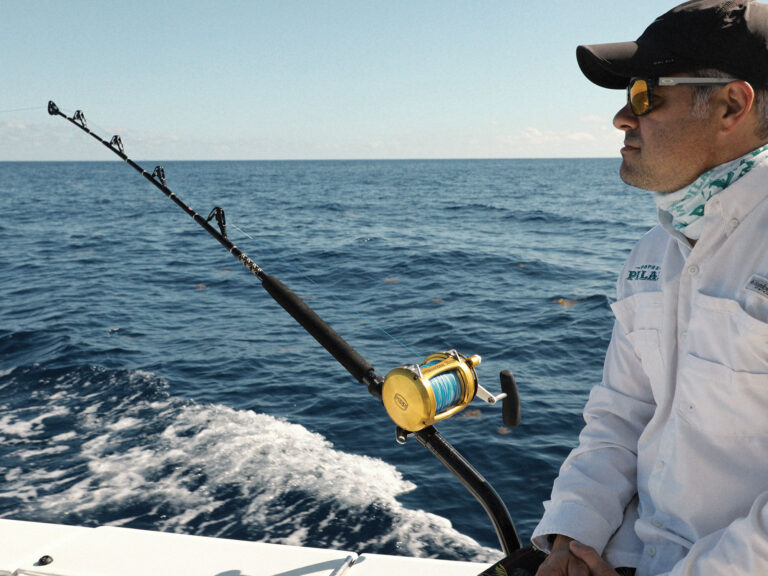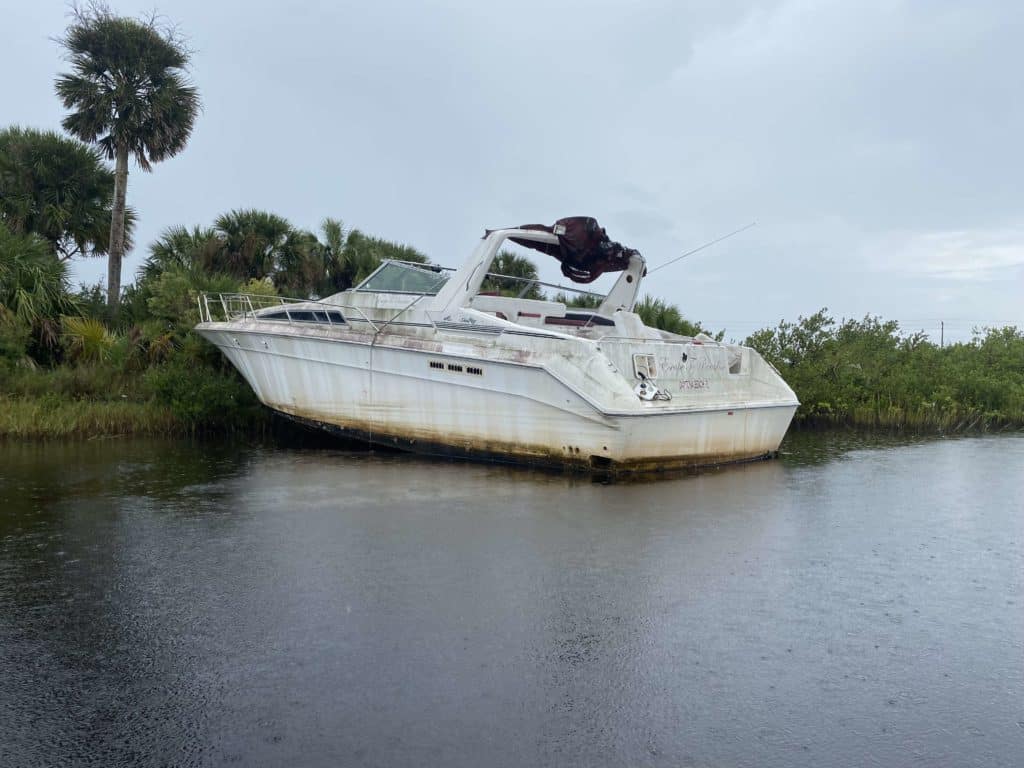
You’ve probably seen them at some point in your fishing life. Sometimes they are on moorings, but obviously have not been moved for years. Sometimes they are resting in a backwater, covered in seabird guano with vegetation beginning to poke out through windows. Sometimes they are just a submerged outline in a murky bay.
Abandoned Derelict Vessels
All of these come under the heading of abandoned, derelict vessels, also known as ADVs. They may have been a small problem a number of years ago, but that is no longer the case. I am not talking about the marine debris left by the likes of Hurricane Ian, although that too is a problem. I am talking about the chronic and growing problem of folks walking away from the ownership of their boat for one or more of many reasons.
Sometimes the owners will run them up into some out-of-the-way corner of a bay or marsh. Sometimes they just sink in place. However it happens, these boats usually contain some level of hazardous materials, or at least hazardous to the local environment. They can also become a hazard to local boat traffic causing damage to other boaters and anglers. In most states this kind of action is illegal and it can lead to fines for the last registered owner of the ADV.
Certainly, this problem has grown since the Covid pandemic. Why? Because a lot more folks took up boating and fishing as a way to have an outside activity with family and friends. Unfortunately, it also meant that a lot more folks found that owning and maintaining a boat was a greater expense and effort than they wanted to or could handle. They also discovered that if they could not sell a boat, disposing of it would also be a costly event.
So, for many just abandoning it seemed to solve their problem. Many state agencies are determined to remove the ADVs and to track down the last registered owner and pass the cost of removal and fines along to them. Some states are trying to develop programs to help owners dispose of unwanted boats before they become ADVs. This can be less costly for both the state and the owner and way better for the environment.
Natural Disasters and Lost Boats
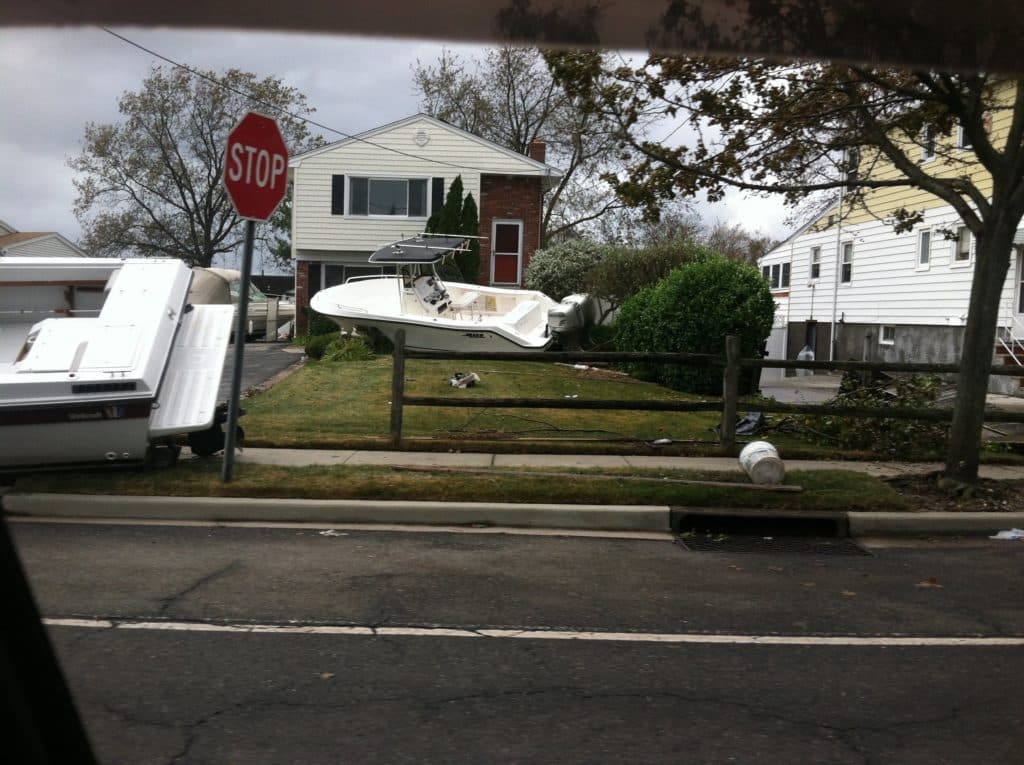
Again, to be clear, we are not talking about the hundreds of boats that essentially became marine debris at the hands of hurricane Ian. That debris is generally removed with Federal Emergency Management Agency (FEMA) funding once the President has declared a federal disaster. There are a number of agencies who may remove ADVs depending on where they are and what kind of hazard they are causing. From the Army Corps of Engineers for hazards to navigation; US Coast Guard or Environmental Protection Agency for environmental or public health hazard, down to state and county authorities to clean up local waterways.
Of the 28 coastal states and states with freshwater coastlines that were surveyed about their responses to ADVs, about half reported having state-run programs that conduct activities aimed at preventing, responding to, and removing them. States reported various funding mechanisms for these programs, such as legislative-appropriated budgets, vessel registration fees, and federal grants.
Of the states surveyed, 18 reported a total of 5,649 abandoned vessels between 2013 and 2016 and removed 3,034 of them. The states with the biggest problems are somewhat obvious. They are those with extensive coastlines and long boating seasons. California, Texas, Florida and Ohio recently reported more than 500 documented ADVs each. Right behind them are Washington (state), Oregon and Pennsylvania with over 200 each.
What You Should Do About ADVs
It is unfortunate that some states are being overwhelmed by the numbers. They may have some funding to remove the most hazardous ones, but then they are lacking the funding to actually track down the last registered owners. Without a strong enforcement mechanism, it is likely that this illegal activity will persist. If you come across an ADV, make sure that the local authorities know it is there. Getting them out of the water is a good first step.

